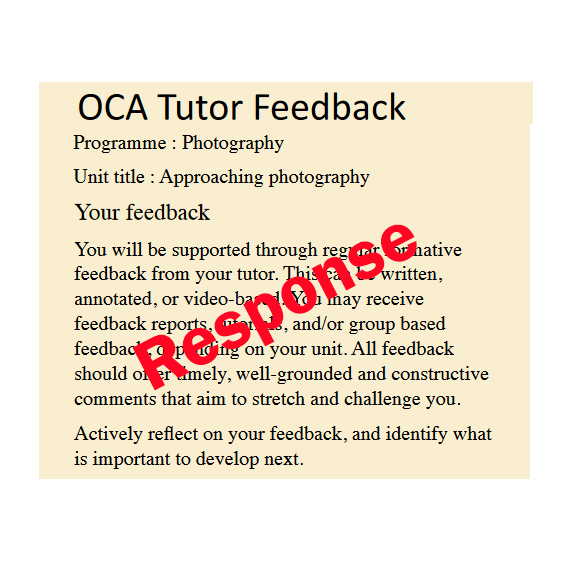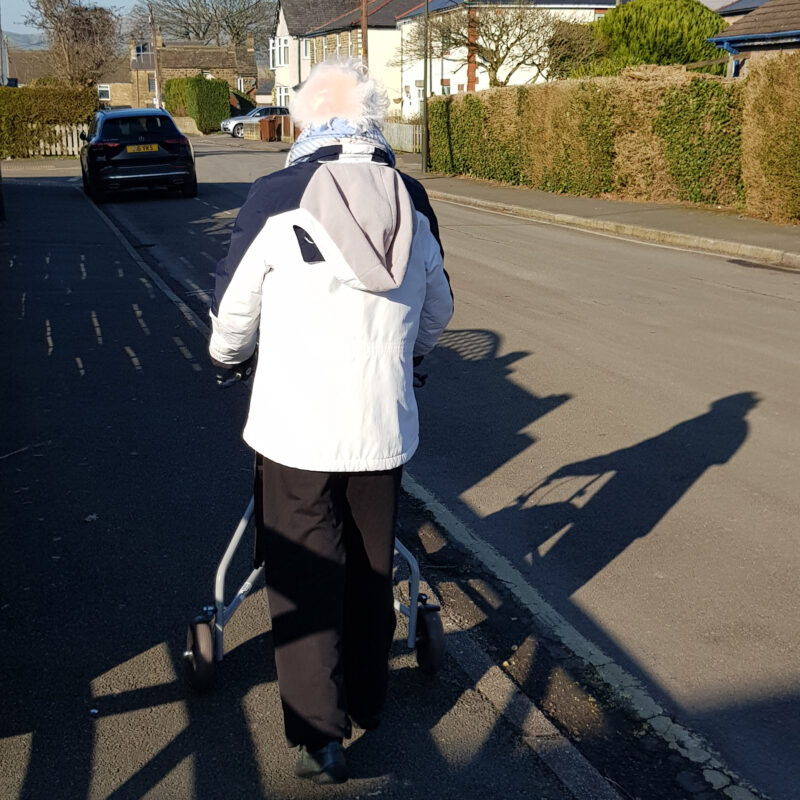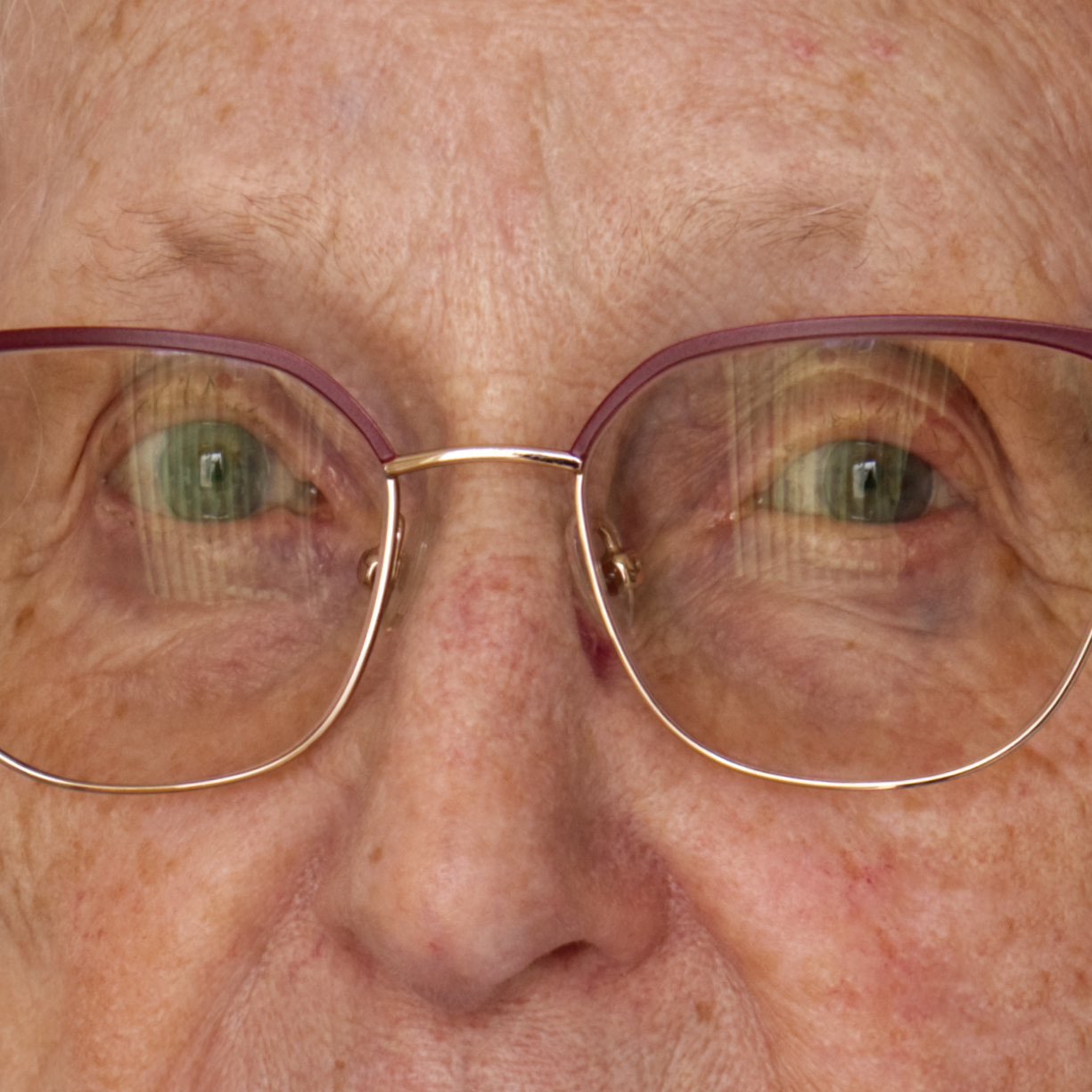We were back to discussing what is appropriate to photograph and use in photography again. As I had used my husband’s photograph of a friend’s child to adapt for the assignment, it was children in photographs and the appropriation of photographs. Whilst I’m still not convinced of the right to use childrens’ images or someone else’s, I have moved on, and have found that my ideas around ‘photography’ as an ‘image form’ and what is acceptable have changed somewhat during the course (looking at it now from the rarified position at assignment 10). I’ve decided its up to the individual photographer and their principles, within the law.
Coming to my photographic development whilst at a very conservative, competition-based photography club, I had started the course being rather dismissive of images that did not conform to the usual judges’ tick sheet: standard genres for subjects; adherence to compositional ‘rules’; particular (or personal) ideas about sharpness and soft focus; the use of colour or mono in certain genres…. I could go on. However what brought me to the course was knowing that there was a different photography world out there to explore! All (or nearly all) of those restrictive competition ideals have been very quickly open to reconsideration.
My tutor suggested I looked at the following:
“I’m a Photographer Not a Terrorist” is a campaign group that defends the rights of photographers and raises awareness of the misuse of anti-terrorist laws:
“Photography has been a hobby or a job for someone since 1827. Now the photographer is not only viewed as suspicious but encouraging perceived anti-social behaviour.”
The campaign’s goals include:
- Raising awareness of the misuse of anti-terrorist laws against photographers
- Defending street photography
- Protecting photographers from the conflation of recording police officers with obstruction
- Protecting photographers from the misuse and misunderstanding of the law
Also known as PHNAT (https://phnat.org/
Errol Morris’ book & interview Believing is Seeing
I didn’t get hold of the book but read a couple of reviews and synopsis’s.
Notes and quotes from the Guardian Interview suggested by my tutor:
“ what makes an honest photograph… a truthful photograph?”
Posed photographs to create a journalistic debate or just untruthful? But Morris believes that all photographs are ‘posed’, because it excludes something and you can never see the absence of something in a photograph.
A photograph decontextualises everything. “A two-dimensional reality that has been torn out of the world.”
“Sieze on little details in your photography as a way of understanding much larger questions about truth in photography.” the nature of posing, how we get a picture of the world from a photograph.
He takes issue with Susan Sontag asserting that the Abu Ghraib prison photographs – “it was obvious what they are about”, but Morris says nobody bothered to ask the photographers. It was almost as if the photographs obviated any need for further investigation.
Iconic photographs: because they have a power over us, that have taken on meaning. But it is a meaning without knowing anything more than just seeing the photograph.
Be curious about what you are actually looking at.
Morris believes that photographs are neither true nor false and to talk about the truth or falsity of a photograph is nonsense talk (in his opinion). “Truth and falsity is invested in language and how we use words with respect to the world.”
Seeing is believing or is it the other way round…. Don’t our beliefs form what we see?
He asks can photographs be both documentary and art… how much can a photographer interfere with or pose a scene before it becomes art (or fiction/untrue). Cf the discussion about Fenton’s Crimea photos in the Valley of Death. Why does the making of the photograph take precedence over the morals surrounding war which It illustrates?
Morris’s statement about a photograph being “one timeless instant of time” and “Truth in photography is an elusive notion,”
Believing Is Seeing: Observations on the Mysteries of Photography (no date) Believing Is Seeing: Observations on the Mysteries of Photography. Available at: http://www.caareviews.org/reviews/1830 (Accessed: 13 January 2025).
Errol Morris – The Guardian (2012). Available at: https://www.youtube.com/watch?v=cseXTUokd3k (Accessed: 13 January 2025).
Miller, S.M. (2013) ‘Errol Morris, Believing is Seeing (Observations on the Mysteries of Photography)’, Études photographiques [Preprint]. Available at: https://journals.openedition.org/etudesphotographiques/3308 (Accessed: 13 January 2025).




